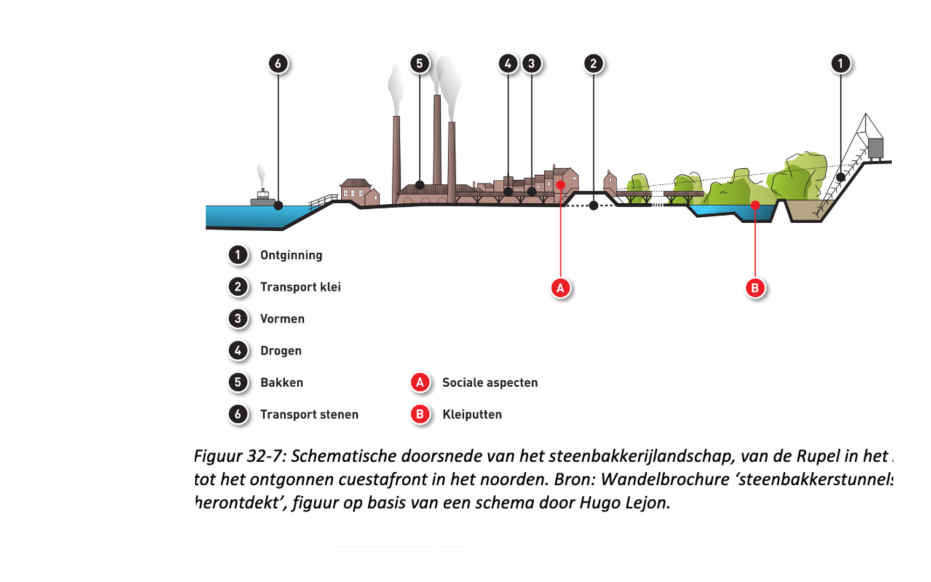Clay deposition in the Oligocene North Sea
The formation of the Boom Cuesta started about 32 million years ago. The Netherlands and northern Belgium were below sea level at that time. Sediment was deposited in the Oligocene North Sea from the erosion of the surrounding continents. Between about 32 million and 30 million years ago came a period when the sea deposited clay in northern Belgium and the Netherlands. The water depth fluctuated a lot and a varying supply of organic and mineral material took place. As a result, the Boom Formation does not consist of a homogeneous deposit of clay, but of an alternation of layers with silt, chalk and organic material. The result is the Formation of Boom: a package of clay about 100 m thick with a pattern of horizontal light and dark gray bands. Lime concretions, the septaria of the Boom Clay, formed in the calcareous layers after burial.


